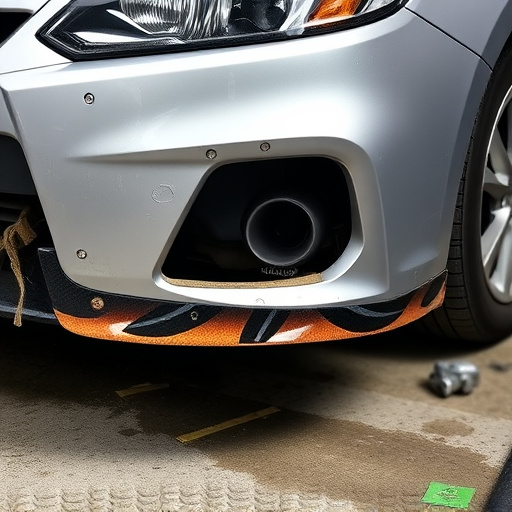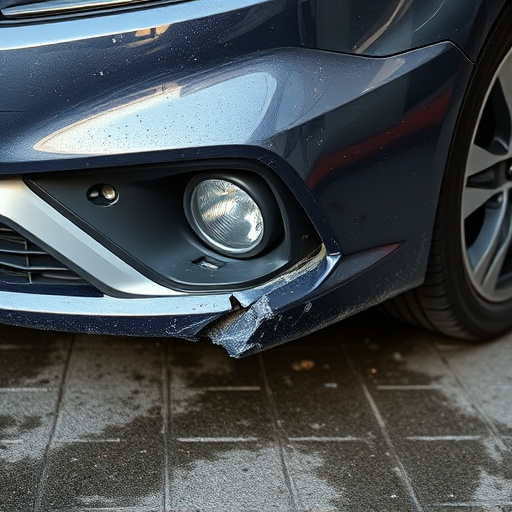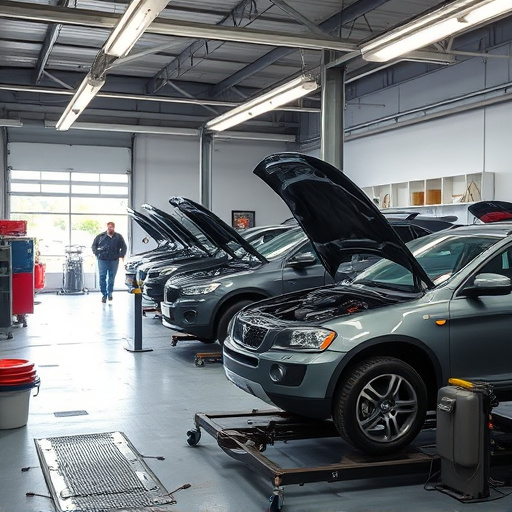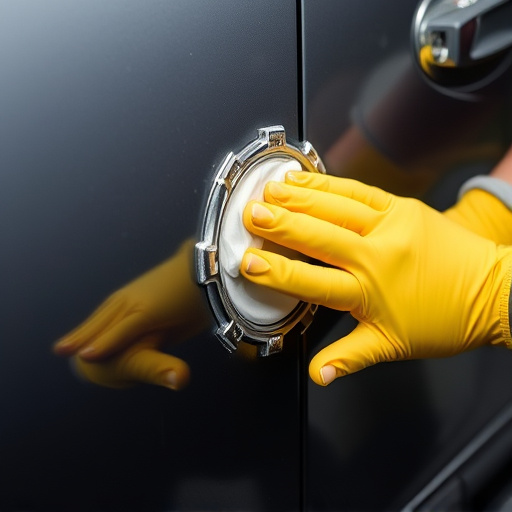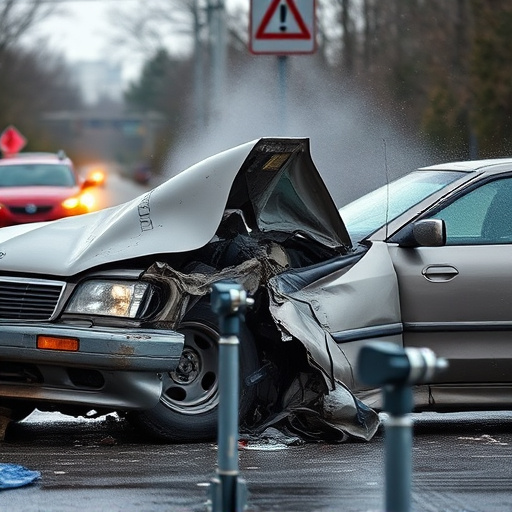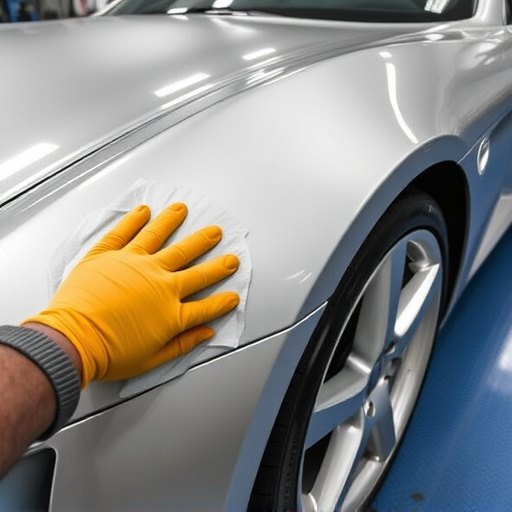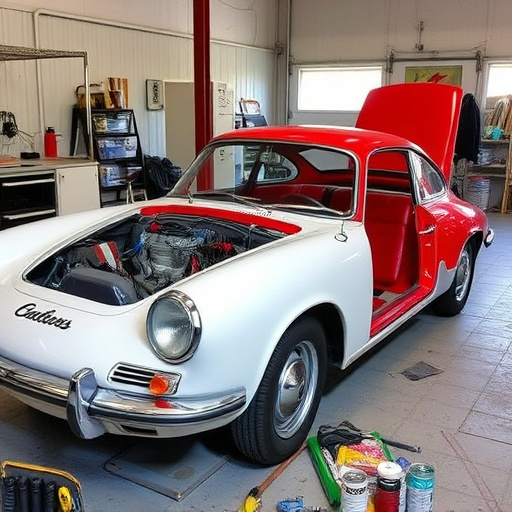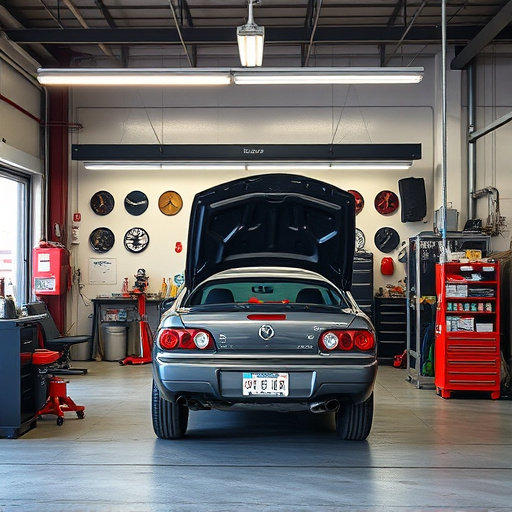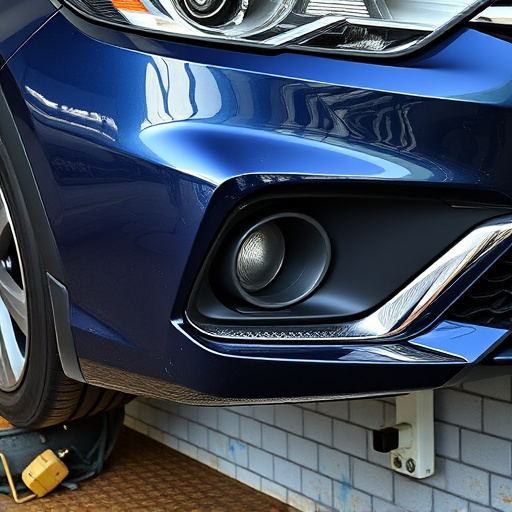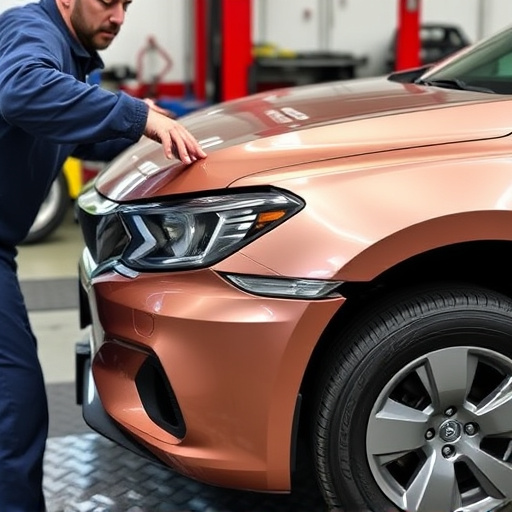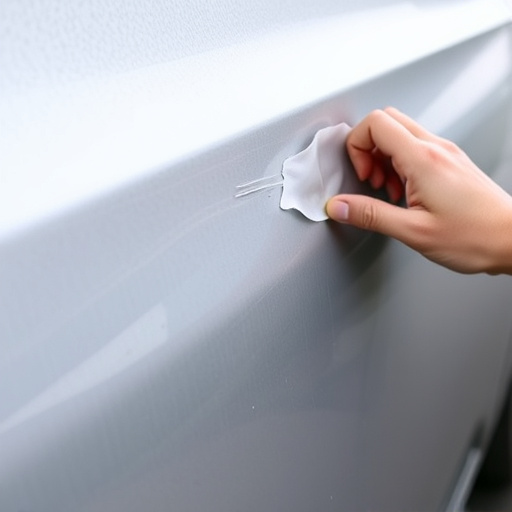Auto repair technicians prioritize corrosion protection procedures by thoroughly cleaning and preparing damaged areas, using methods like sandblasting to remove debris and old paint. They apply protective coatings like epoxy, polyurethane, or silicone to create barriers against elements causing rust, following meticulous preparation and regular visual inspections for proactive measures. These procedures not only prevent structural damage but also preserve the vehicle's aesthetic appeal.
After repairs, technicians employ specific corrosion protection procedures to safeguard structures from future damage. This comprehensive process begins with a meticulous assessment of the repair site and thorough surface preparation. Subsequently, suitable coatings and sealers are applied to create an impenetrable barrier against corrosive elements. Effective monitoring and regular maintenance strategies ensure long-lasting protection. These steps are vital in preserving infrastructure, extending asset lifespans, and mitigating costly repairs associated with corrosion.
- Assessing Damage and Surface Preparation
- Applying Coating and Sealers
- Monitoring and Maintenance Strategies
Assessing Damage and Surface Preparation
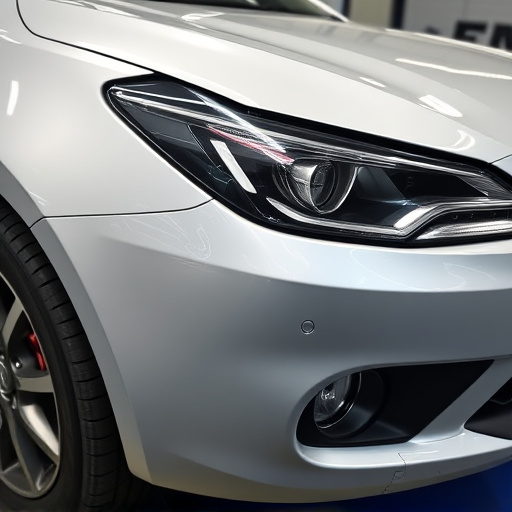
After a vehicle has been through a collision or any other form of damage, assessing the extent of the harm is the first step in any auto repair shop, whether it’s a collision repair shop or a regular car repair shop. Technicians meticulously inspect the affected areas to understand the severity and nature of the damage. This involves checking for dents, cracks, rust, and any structural compromises that may require specialized corrosion protection procedures.
Surface preparation is crucial in ensuring effective corrosion protection. Auto repair near me professionals clean the damaged area thoroughly, removing debris, dirt, and old paint if necessary. They might use sandblasting or media blasting techniques to ensure a clean, smooth surface. This meticulous preparation allows for better adhesion of protective coatings, sealing the car’s exterior against future moisture intrusion that could lead to rust and corrosion.
Applying Coating and Sealers
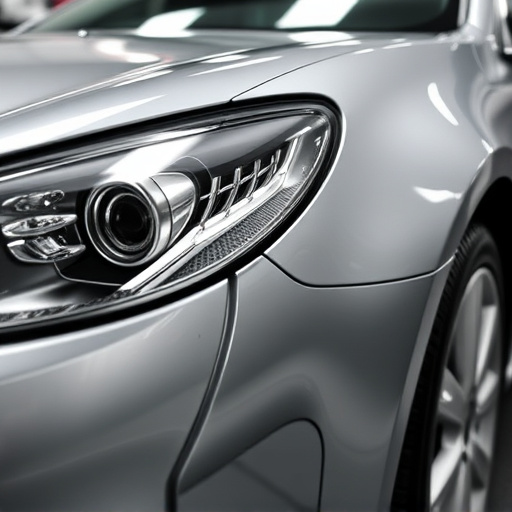
After repairing a vehicle, whether it’s from minor dents and dings or more extensive hail damage repair, one of the critical steps in corrosion protection procedures is applying coatings and sealers. These protective layers are designed to create a barrier between the metal surface and the elements, preventing future rust and corrosion. Auto body shops use various types of coatings, including epoxy, polyurethane, and silicone-based products, each offering different levels of durability and protection.
The process involves meticulously preparing the repaired area by sanding and cleaning to ensure the coating adheres properly. Then, technicians apply the chosen sealer or coating in even coats, allowing it to dry completely before applying subsequent layers. This meticulous application ensures not only a smooth finish but also maximum corrosion protection for the autobody repairs. The final step is often a topcoat that provides additional aesthetics and further safeguards against environmental damage.
Monitoring and Maintenance Strategies
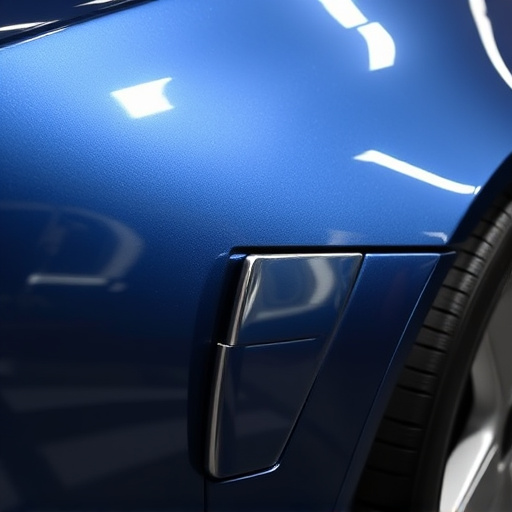
After repairs are completed on a vehicle body, whether it’s following a collision or routine maintenance, implementing effective corrosion protection procedures is paramount. Technicians employ various monitoring and maintenance strategies to ensure long-lasting durability against environmental factors that could lead to rust and decay. Regular visual inspections play a crucial role in identifying any signs of corrosion, pitting, or water intrusion early on. These inspections allow for prompt corrective actions before minor issues escalate into significant structural damage.
Proactive measures such as applying protective coatings, sealing agents, and undercoatings are integral parts of corrosion protection. During auto painting sessions, technicians meticulously prepare the surface to ensure optimal adhesion of new paint layers. This process involves degreasing, priming, and sanding to create a smooth base that shields the metal from corrosive elements, effectively extending the lifespan of both the repair and the vehicle as a whole, preventing unsightly car dents and ensuring a sleek, long-lasting finish.
Technicians employ a multi-step process, encompassing damage assessment, meticulous surface preparation, and the strategic application of coatings and sealers, to ensure effective corrosion protection after repairs. By implementing rigorous monitoring and maintenance strategies, these professionals safeguard against future corrosion, ensuring the longevity and integrity of structures and equipment across diverse industries. Adhering to proven corrosion protection procedures is paramount for preserving assets, minimizing downtime, and optimizing operational efficiency.
